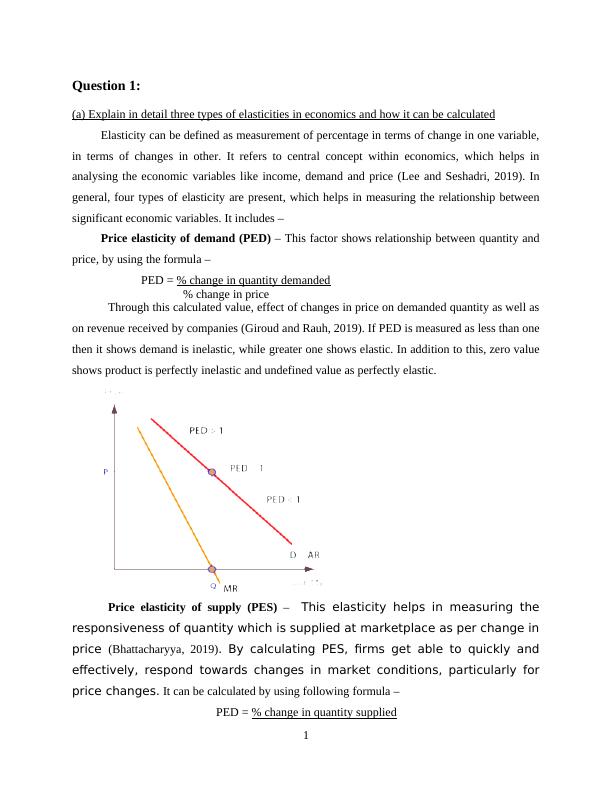Types of Elasticities in Economics and Their Calculation
Added on 2023-01-11
14 Pages3236 Words99 Views
End of preview
Want to access all the pages? Upload your documents or become a member.
Price Elasticity and Its Importance in Business
|11
|1922
|80
Elasticities in Economics and Commercial Banks' Money Creation
|11
|3369
|360
Understanding Price Elasticity of Demand and the Impact of Protectionist Policies on Australian Businesses
|22
|5373
|370
Types of Demand Elasticity in Managerial Economics
|14
|3439
|60
Types of Elasticity in the Economy and How to Calculate
|11
|3157
|77
Microeconomics and Macroeconomics: Elasticities, Aggregate Demand and GDP
|7
|1659
|291



